When did Arsenal's defensive woes begin?
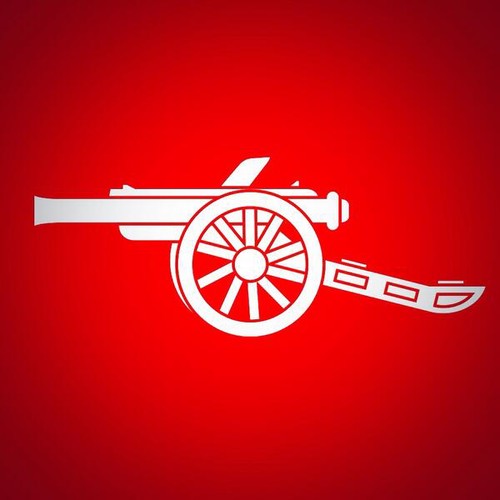
Image source - twitter.com
I'm a long suffering Arsenal fan. I've been a gunner through the good times, the bad times, more good times and even more bad times again. Here is a piece I wrote about Arsenal's defense under George Graham, comparing it to recent times.
Let the story begin
It was cold and dark that morning in North London, as the players arrived to work. The morning frost still hugged the lush green grass of the Highbury training facilities on that February morning in 1995. The players huddled together in groups as the news broke about their gaffer. There was a mix of emotions swirling around, as players lambasted Graham for pocketing bungs to the tune of £400,000 from the recent transfers which brought John Jensen and Pal Lydersen to the Arsenal. Anger was mixed with regret though, as the players had shared a bond with the defensive minded Scotsman, built up over his nine year tenure as the manager of Arsenal Football club. It hurt many of the players deeply to see Graham sacked, but it hurt equally to know that he accepted £400,000 in bribes while at the same time scrutinising every pay raise that players and their agents sought over the years. It was no secret that Arsenal were frugal, and many of their competitors paid higher wages to their star players. The players felt betrayed, though at the time, they may not have spoken about it openly. The fans had no problem expressing their true feelings however, and the flag below gives you an idea of how they were feeling when the news broke.
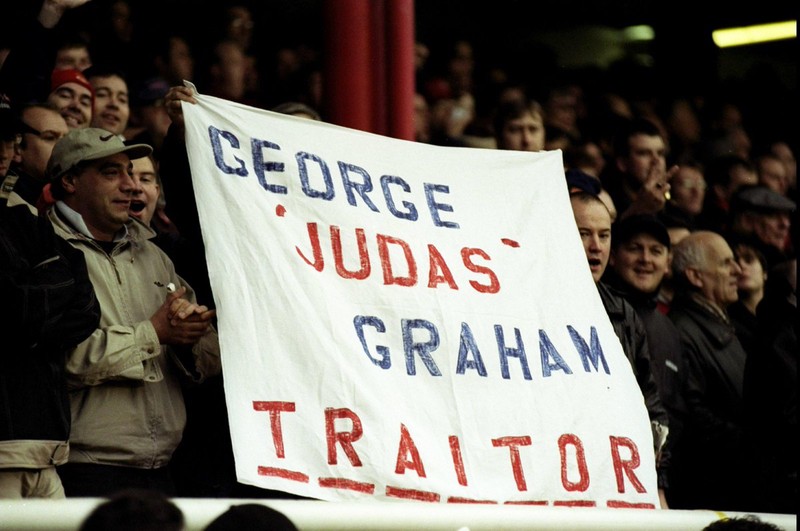
Image source - www.scoopnest.com
George Graham was on the way out of Arsenal, and things would never be the same again.
It is however worth thinking back on his time at the club. He brought the first division title back to North London for the first time since Bertie Mee's team of 1970/1971 when Arsenal famously beat Liverpool 0-2 at Anfield to wrestle the title away from the Merseysiders in 1989. He then cemented Arsenal's place as a dominant team of this era by again guiding them to a first division title in 1991. Four domestic trophies were won during his tenure also, and the last trophy he won was the UEFA Cup Winners' Cup winners in 1994. He brought success back to Highbury again, something which Terry Neill, Don Howe and Steve Burtenshaw failed to do in the ten years previous to Graham's reign.
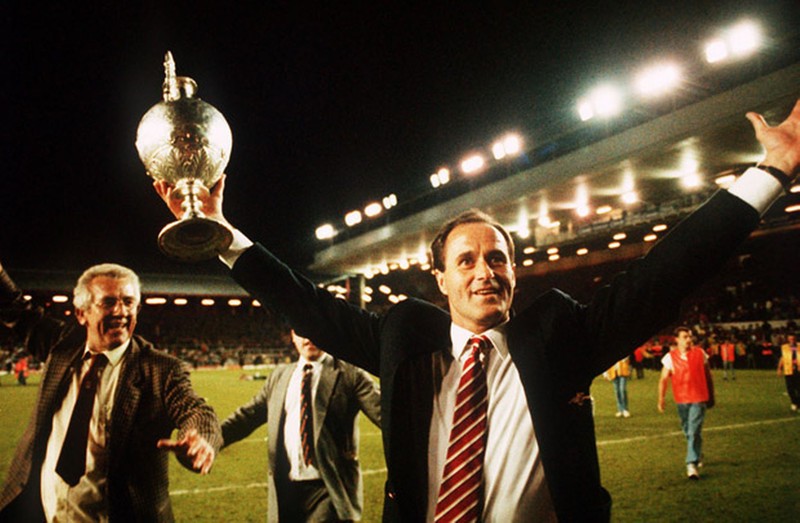
Image source - www.mirror.co.uk
The George Graham Philosophy
There is something about managers who previously played with the club that they manage. Their love and affinity for the club seems to run deeper, and George Graham's blood was most certainly a Arsenal shade of red. He lived and breathed everything Arsenal. He joined Arsenal in 1966, when Bernie Mee signed him as a replacement for Joe Baker. Many of you may assume that George was a commanding centre half, well you'd be wrong, he was actually an attacking player, and often played up front for Arsenal. He was their leading scorer in the 1966–67 and 1967–68 seasons. He was an important player in the double winning team of 1971 and he notched up 77 goals in his 308 appearances for Arsenal.
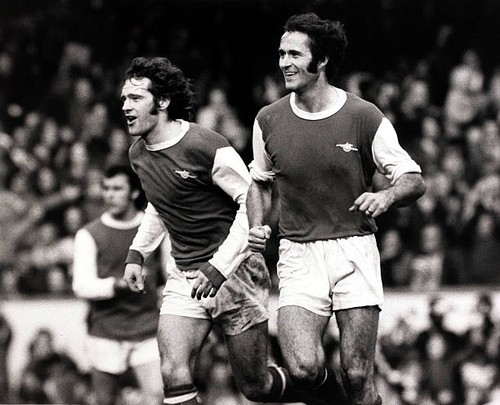
Image source - www.gettyimages.ca
After leaving Arsenal, Graham enjoyed spells at Manchester United, Portsmouth and Crystal Palace, before finishing out his career on the sunny West coast of America with California Surf.
Graham the manager
Having made connections during his playing days at Palace, he was offered a place on their coaching staff, where he was an integral part of the set up. He then spent some time at QPR, before finally getting his first managerial job with Millwall in 1981. Over the years, he developed a passion for defending, and even though he was a striker himself, he saw Defense as the most important asset of any team. If you don't concede a goal, you can't lose football matches. the worst case scenario would be a draw, and should you nick a goal, you just need to hang onto the lead for the rest of the match, and maximum points are yours. This overtly defensive mind set worked even better in those times, as a win only garnered 2 points back then, unlike the 3 points on offer today, so a draw was worth a lot more in the grand scheme of things.
When George Graham took over Millwall, they were languising at the very bottom of the Third division. George came in and put his defensive set up straight into place and put a huge emphasis on not conceding goals. Slowly Millwall began to morph into the type of team he envisaged, and they managed to climb off the bottom of the table. They battled and toiled through the winter and by the end of the league season in May 1983, they had managed to avoid relegation, something many pundits at the time said would be impossible. Over the next couple of seasons, they continued to improve and in 1984–85 they reaped their reward with promotion to division 2. Graham left to become Arsenal boss in 1986, but the revolution he started with Millwall continued and in 1988 they were promoted to division one (equivalent to today's Premier League) His defensive philosophy and the discipline that he demands of his teams brought a team from the bottom of the third tier to the English League's top table. What therefore could he do with an established team like Arsenal? We were about to find out.
The prodical son returns to Highbury
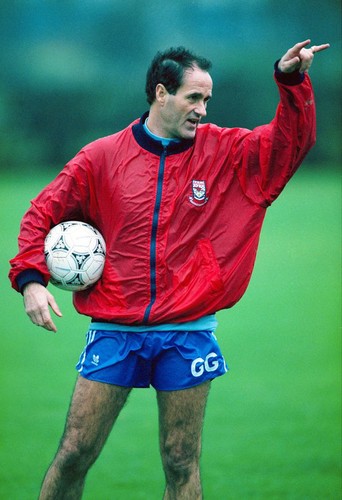
Image source - www.football.london
As outlined above his defensive mindset, which he instilled in the Arsenal players from day 1 brought 2 league titles, 4 domestic trophies and a European trophy to Highbury. Every day at training was about defense first and foremost. He framed everything around the defensive set up and demanded that his forward players tracked back and harried the opposition defenders for the ball as soon as Arsenal lost the ball. His belief was that the further up the pitch you won the ball back, the better the chances were that you would not concede. It was also a great place to start a counter attack, and players like Paul Merson and Anders Limpar became experts in this department. They would run back straight away when Arsenal lost the ball, meaning that the opposition would have to break down three banks of defense to get a shot away on Seaman in goals. At the same time they employed the high press, making it harder for the opposition to push out from defense.
Ian Wright was Arsenal's top scorer for a while before, Mr Henry inevitably knocked him off his perch, but he is still to this day the 2nd top scorer in the history of Arsenal football club. Who among Arsenal supporters could forget the day he claimed that record!

Image source - www.arsenal.com
Wright sees Graham as the most important manager of his playing career. That's saying something, coming from a striker like Wright, and even more so considering that he also played for Wenger. He just sees Graham as more instrumental in his career progression I guess. Wright used to want to practice finishing, as you would expect, but that didn't happen too often at Graham's training sessions, which as you may have guessed revolved around the art of defending. Sometimes they would put a team of 11 players together and their job was to try and break down the back four of Dixon, Adams, Keown and Winterburn, with David Seaman in goals behind them. Sometimes Bould would be thrown in there too sitting in front of the back four. The team of eleven used to struggle to break them down, and this formed the backbone of the Arsenal team. Steely, hard men who knew the art of defending intimately. They are a dying breed. One man was luckier than most, when it came to the defensive mindset that Graham had instilled in his players. He was be-speckled French man called Arsene Wenger.
That defense was golden
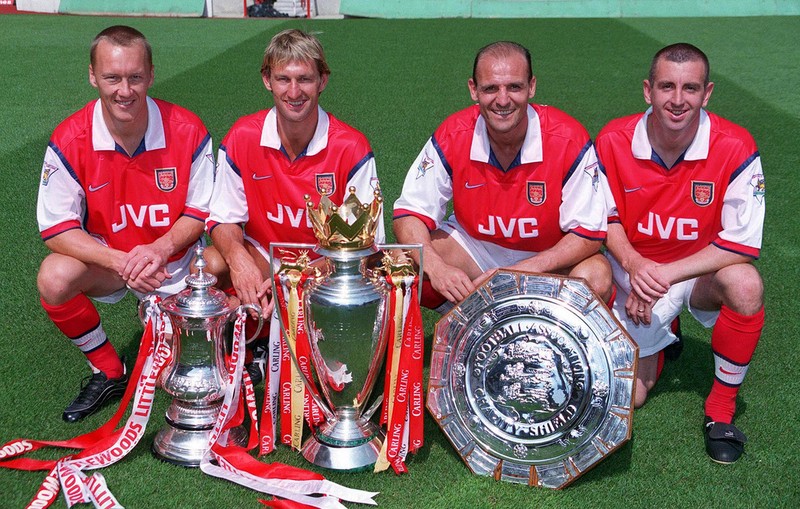
Image source - www.flickr.com
Wenger inherited a golden defense
Arsene Wenger got off to a flyer in 1996 when he took over Arsenal football club. He managed to win his first league title in 1998, and added the FA cup and Charity Shield that same year. Would Wenger have been able to do so without the bedrock of Dixon, Adams, Keown and Winterburn? We will never know the answer to that question, so all we can do is give our opinion, and for me, they would not have.
Wenger is a lot of things, but a defensive mastermind is not one of them. Yes, he broke down the drinking culture. Yes, he brought in diet as a staple of the modern players habits. Yes, he brought attacking flair to Arsenal, but without a quality defense in place, would he have delivered those trophies? I think not.
It was Graham who molded that watertight rearguard and for that, I'm sure Wenger was extremely grateful. Looking back on it, if we could have somehow held onto Graham as a defensive coach, or even brought him back in as one after the 12 month ban had elapsed, we could have seen a really golden age of football at Arsenal. Can you imagine the brilliance of a team with Graham's defensive abilities allied with Wenger's attacking know-how. It would have been a sight to behold.
As time went by, Wenger's defensive shortcomings became his Achilles heel. Rarely could you say too much negative about Arsenal's attacking players, but defensive slips and blunders would often fill column inches. The buck has to stop with the manager for this, as he is the one that signs the players and trains them. With that in mind let's look at some of the defenders who Wenger signed over the years.
Wenger's defensive signings
Pascal Cygan
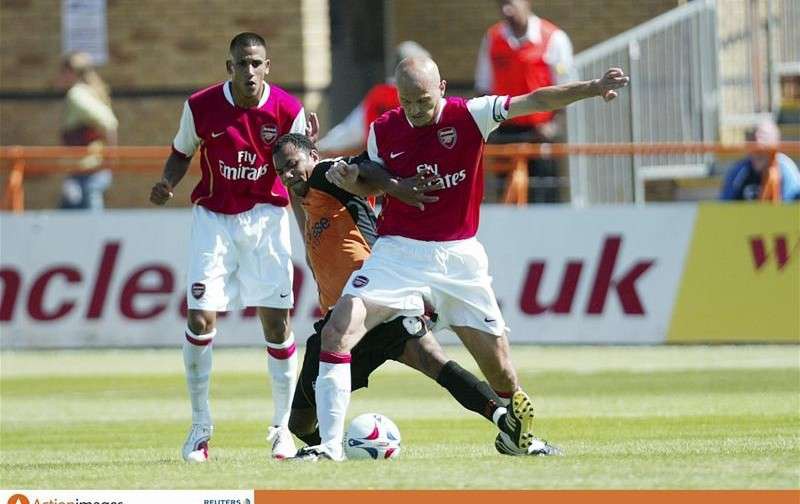
Image source - arsenal-mania.com
Philippe Senderos
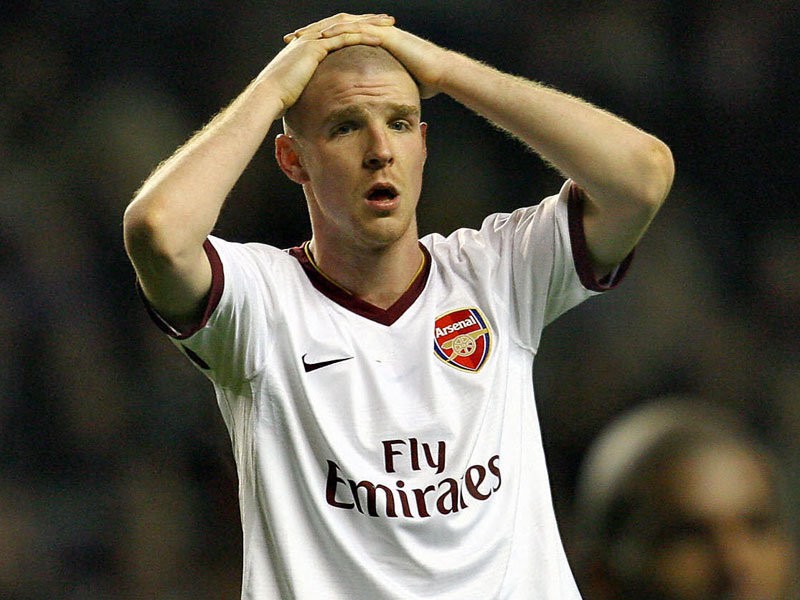
Image source - www.arsenalpics.com
Mikaël Silvestre
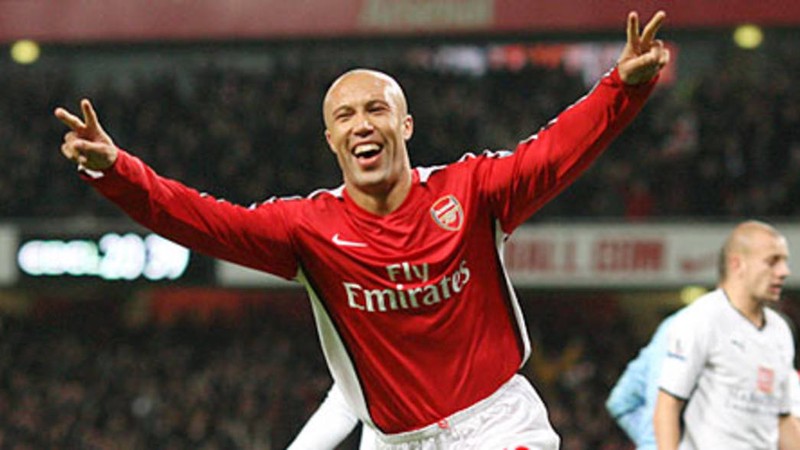
Image source - www.arsenal.com
Igors Stepanovs
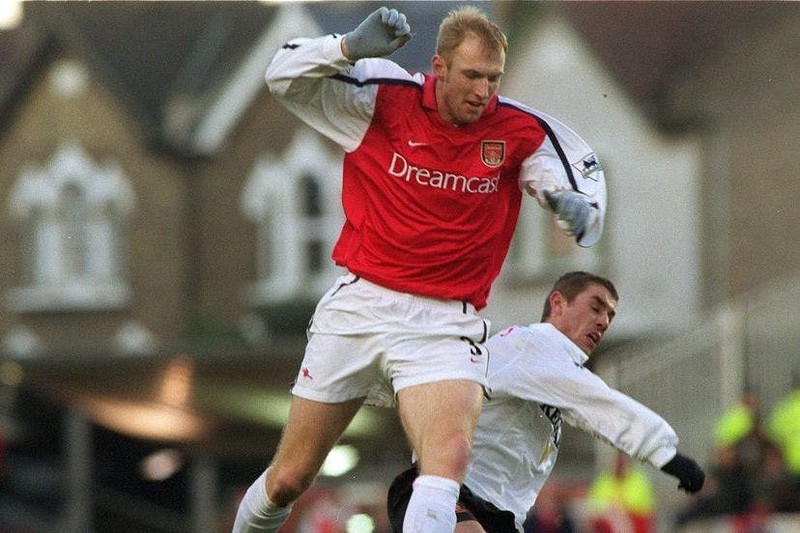
Image source - www.shortlist.com
Sebastein Squillaci
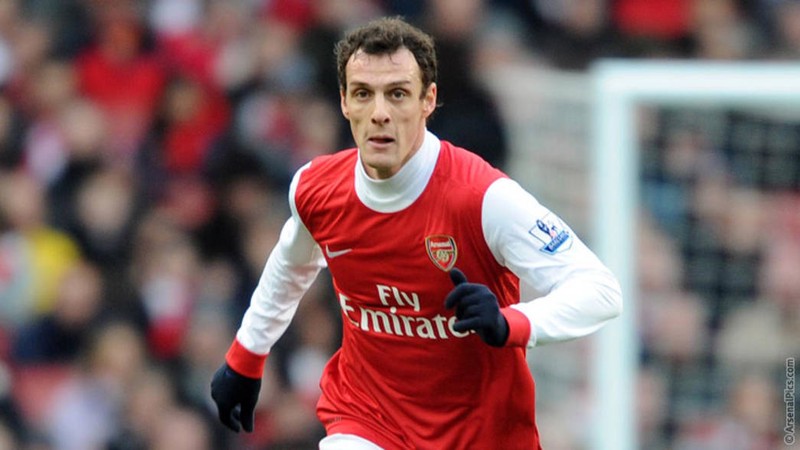
Image source - www.arsenal.com
André Santos
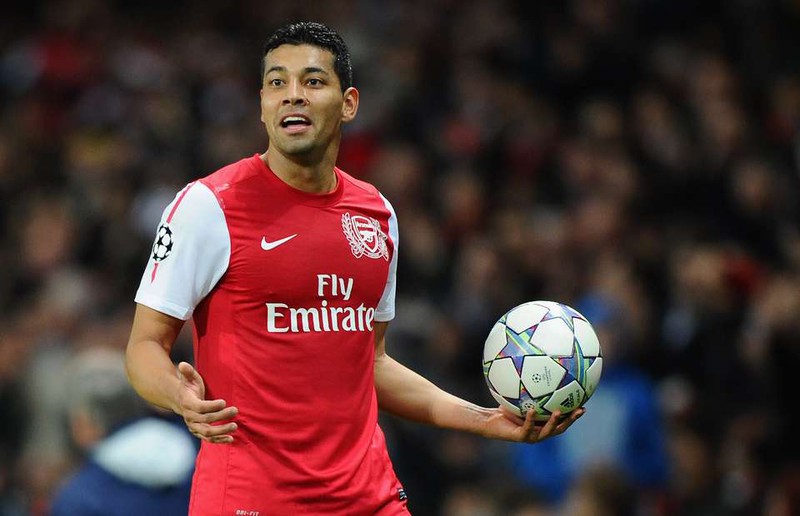
Image source - www.givemesport.com
Nelson Vivas

Image source - espn.co.uk
What's the common denominator?
These players all have one thing in common. I'll give you a clue it rhymes with Ducking Excuseless!! In my opinion none of these jokers were fit to lace the boots of the likes of Adams, Dixon, Winterburn, Bould or Keown, never mind getting on the pitch to try and emulate them. It's the one part of the Wenger reign that hurt us the most, he forgot or maybe he never even knew about the importance of a solid defense. Emery and more recently Arteta are still trying to pick up the pieces, but hopefully he sees the short comings in defense, as well as the lack of quality in Leno and acts as soon as possible to bring quality in for those positions. Just look at how integral Van Dyke and Allison have been to Liverpool in recent seasons. Van Dyke's injury was the catalyst for their 20/21 season falling apart in my opinion. Almost every good team is built on a solid defense, and Arsenal really need to concentrate some effort and expend some cash in this area if they want to succeed.
So, the defensive frailties that we see today, and most recently in that 3-3 draw with Leicester started all the way back in 1995 when Mr George Graham said goodbye to Arsenal football club, and we all said goodbye to any fresh defensively minded players. We got away with it for a few years while Graham's players saw out their careers, but then with the exception of some players like Toure, Campbell and Cole, we have watched as shit defender after shit defender comes through the doors, and until that changes, we wont be challenging for league titles. Look at the money Manchester City, Manchester United, Chelsea and most recently Liverpool have spent on defensive players. Yes, attacking players are important, but pumping all your money into them at the expense of defense will end in tears every time.
